Disclosure: This article contains affiliate links. We may earn a commission from purchases at no extra cost to you, which helps our travel content.
Standing at the foot of the iconic Macroplaza, with the rusty-hued mountains of the Sierra Madre Oriental framing the skyline, I couldn't help but feel the contrasting energies of Monterrey. This northern Mexican city, often overlooked by tourists heading to coastal resorts, holds a special place in my heart—not just because of my grandmother's stories of growing up in Nuevo León, but because it represents a fascinating collision of Mexico's industrial past and its innovative future. As someone who's spent years tracking stars across dark skies and documenting healing traditions, I found Monterrey to be an unexpected treasure trove of both scientific achievement and cultural preservation.
Parque Fundidora: From Steel Mills to Cultural Canvas
My journey began at Parque Fundidora, a massive 142-hectare public park that was once Latin America's first integrated steel company. As I wandered through the repurposed industrial complex, the enormous blast furnaces and rusty machinery stood as monuments to Mexico's industrial revolution.
What struck me most was how the city transformed this once-polluting factory into a green lung. The juxtaposition of weathered steel structures against carefully manicured gardens creates a photographer's paradise. I spent hours capturing these contrasts with my trusty mirrorless camera, which handled the challenging lighting conditions beautifully.
As the sun began to set, the park took on an almost magical quality. Former factory buildings now house museums, theaters, and exhibition spaces. The Horno3 Museo del Acero (Steel Museum) is particularly impressive—an interactive science museum inside an actual blast furnace. For astronomy enthusiasts like me, their planetarium offers an excellent program that connects Monterrey's industrial history with the cosmos.

💡 Pro Tips
- Visit on weekdays to avoid local crowds
- The park is huge—wear comfortable walking shoes and bring water
- Check the Horno3 planetarium schedule in advance for English-language shows
Barrio Antiguo: Where Colonial Meets Contemporary
Just a short distance from Monterrey's gleaming financial district lies Barrio Antiguo, the city's historic heart. Walking these cobblestone streets lined with colorful colonial-era buildings reminded me of my grandmother's stories about growing up in northern Mexico.
The neighborhood has experienced a renaissance in recent years, with restored 18th and 19th-century homes now housing art galleries, mezcalerías, and boutique shops. I spent an afternoon sketching architectural details in my travel journal, which always accompanies me on trips to document both scientific observations and cultural experiences.
What makes Barrio Antiguo special is how it transforms from a quiet historical district by day to a vibrant nightlife hub after dark. Local university students flock here on weekends, creating an energetic atmosphere that contrasts beautifully with the aged architecture. For budget travelers, this neighborhood offers some of Monterrey's best-value food options—I particularly enjoyed the small family-run restaurants serving northern Mexican specialties like cabrito (roasted kid goat) and machaca (dried beef).
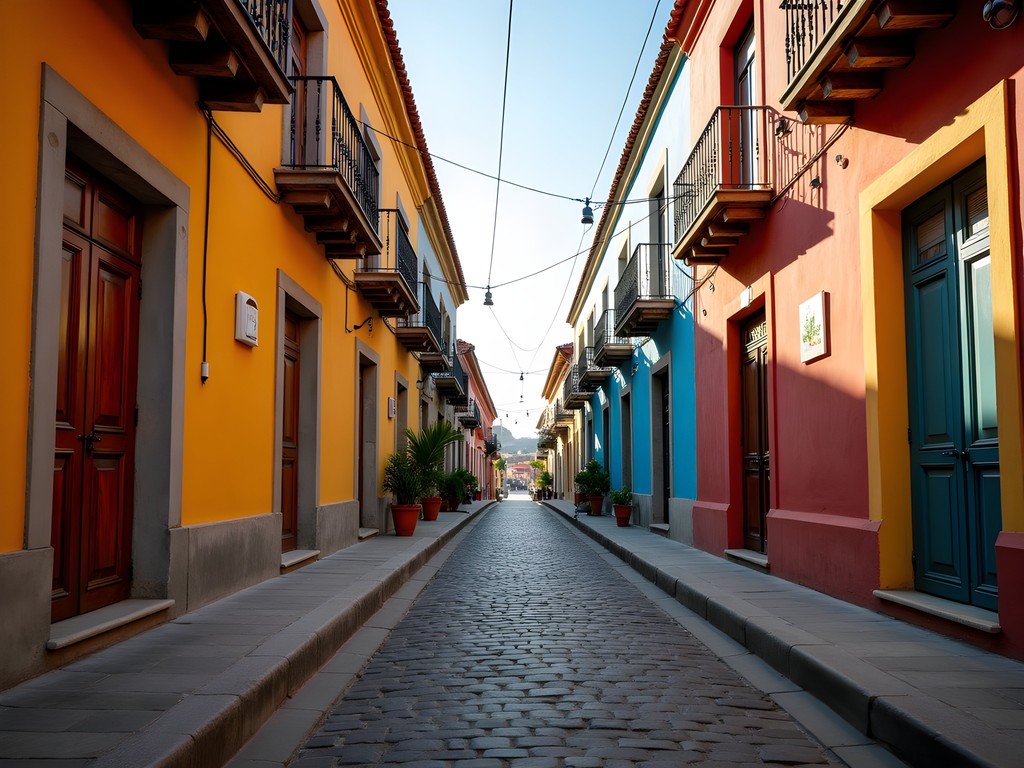
💡 Pro Tips
- Visit on First Friday evenings when galleries stay open late and often serve complimentary drinks
- The neighborhood is safe but stick to well-lit main streets at night
- Look for buildings with original wooden doors and iron hardware—some date back to the 1700s
Museo de Arte Contemporáneo (MARCO): Architectural Revolution
The Museo de Arte Contemporáneo (MARCO) represents Monterrey's bold leap into architectural modernism. Designed by renowned Mexican architect Ricardo Legorreta, the museum's striking geometric forms and vibrant colors create a stark contrast to the city's industrial past.
What fascinated me most was how Legorreta incorporated traditional Mexican architectural elements—courtyards, water features, and strategic use of natural light—into a thoroughly contemporary structure. The museum's signature element is the massive bronze dove sculpture by Juan Soriano that presides over the entrance plaza.
Inside, MARCO houses an impressive collection of Latin American contemporary art, but I found the building itself to be the most compelling artwork. As someone who's photographed architecture across Southeast Asia and Eastern Europe, I appreciated how the museum's design responds to Monterrey's harsh desert climate with thick walls and carefully positioned windows. My wide-angle lens proved essential for capturing the building's dramatic perspectives and play of light and shadow.
Budget travelers take note: MARCO offers free admission on Wednesdays, making it one of the best cultural values in the city.

💡 Pro Tips
- Visit mid-morning when the light creates dramatic patterns through the building's skylights
- Don't miss the rooftop terrace for views of the Sierra Madre mountains
- The museum café serves excellent coffee at reasonable prices
Monterrey's Night Sky: Urban Astronomy and Mountain Retreats
As an astronomy enthusiast who's chased dark skies from Arizona to Southeast Asia, I was pleasantly surprised by Monterrey's stargazing opportunities. While the city itself suffers from light pollution (as most urban areas do), the nearby mountains offer exceptional celestial viewing.
My favorite discovery was the Alfa Planetarium and Cultural Center in neighboring Guadalupe. Their observatory houses a powerful telescope that offers public viewing nights on weekends. The staff astronomers—many of whom speak English—share fascinating insights about how pre-Hispanic civilizations in northern Mexico tracked celestial movements.
For a truly spectacular experience, I arranged a night trip to the mountains just outside the city. With my travel telescope and red headlamp (essential for preserving night vision while setting up equipment), I enjoyed breathtaking views of the Milky Way arching overhead.
What makes Monterrey unique for astronomy is how quickly you can transition from urban environment to dark sky site. Within 45 minutes of leaving downtown, I found myself in mountain darkness sufficient for viewing deep-sky objects. For budget travelers, this accessibility means you can base yourself in affordable city accommodations while still experiencing world-class stargazing.

💡 Pro Tips
- Contact the Alfa Planetarium in advance to confirm public viewing nights
- If heading to the mountains for stargazing, arrange transportation back to the city beforehand
- September-November offers the clearest night skies with comfortable temperatures
Healing Traditions in Modern Monterrey
My grandmother's stories of traditional Mexican healing practices have always fascinated me, so I was eager to discover how these traditions persist in modern, industrialized Monterrey. What I found was a surprising blend of old and new approaches to wellness.
In the Mercado Juárez, traditional herb vendors (yerberos) still sell medicinal plants used for generations. I documented these with my pocket notebook, comparing them to similar remedies I've encountered across Southeast Asia. The vendors were incredibly knowledgeable and patient with my questions, especially when I mentioned my grandmother's connections to the region.
More surprising was finding contemporary wellness centers that incorporate these traditional elements alongside modern practices. At one clinic near Barrio Antiguo, I observed how practitioners combined traditional herbal knowledge with evidence-based approaches. The clinic director explained how certain native plants from the Monterrey region contain compounds now being studied by pharmaceutical researchers.
For budget travelers interested in wellness traditions, I recommend the Museum of Mexican Medicine in the Universidad Autónoma de Nuevo León, which offers free tours showcasing the evolution of healing practices from pre-Hispanic times to the present day. The botanical garden also features an extensive collection of medicinal plants with detailed information about their traditional uses.

💡 Pro Tips
- Visit Mercado Juárez in the morning when herb vendors are fully stocked
- Many traditional remedies can be purchased as affordable teas or tinctures
- Ask permission before photographing medicinal plants or practitioners
Final Thoughts
As my weekend in Monterrey drew to a close, I found myself sitting at a small café in Barrio Antiguo, reflecting on how this city defies easy categorization. What began as an industrial powerhouse has evolved into a multifaceted urban landscape where steel furnaces become art spaces, colonial streets host cutting-edge galleries, and ancient healing traditions find new relevance.
For students of architecture, history, or cultural evolution, Monterrey offers a living laboratory where Mexico's past and future collide in fascinating ways. The city's transformation mirrors what I've observed in my own journey—how embracing our roots while remaining open to innovation creates the most resilient path forward.
As I packed away my telescope and notebooks, I realized Monterrey had given me a new perspective on my grandmother's homeland. Beyond the headlines about northern Mexico, beyond the industrial reputation, lies a city reinventing itself while honoring its foundations. Whether you come for the architecture, the astronomy, or the cultural insights, Monterrey rewards those willing to look beyond the surface. And for budget travelers, its relatively untouristed status means authentic experiences without the inflated prices of Mexico's more famous destinations.
✨ Key Takeaways
- Monterrey offers a unique blend of industrial heritage sites and cutting-edge architecture accessible on a student budget
- Fall provides ideal conditions for both architectural photography and night sky observation in the nearby mountains
- The city's transformation from industrial center to cultural hub provides a fascinating lens for understanding modern Mexico's evolution
📋 Practical Information
Best Time to Visit
September to November (fall)
Budget Estimate
$30-50 per day excluding accommodation
Recommended Duration
2-3 days (weekend)
Difficulty Level
Intermediate


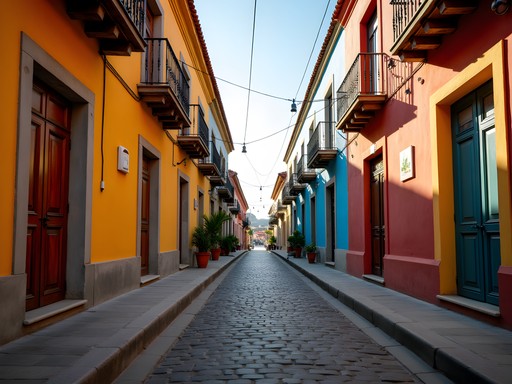
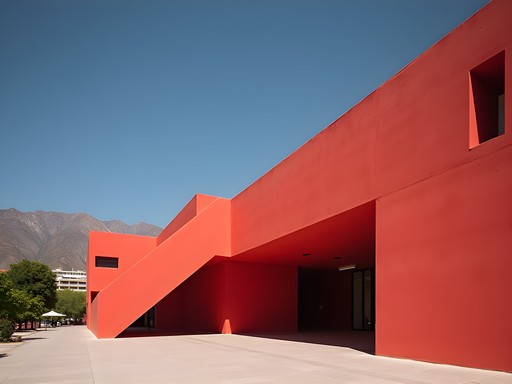




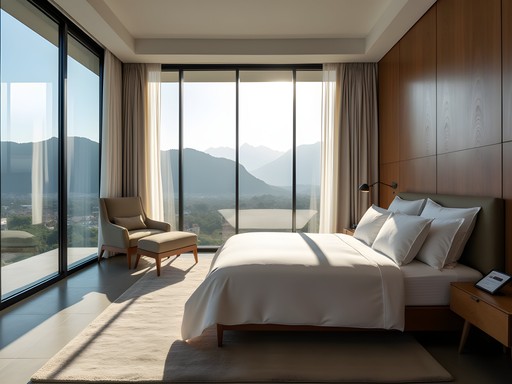
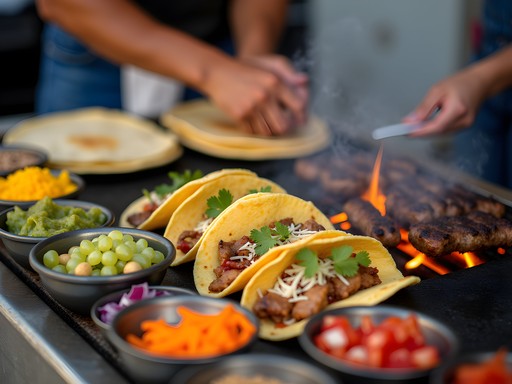






Comments
Frank Garcia
Fantastic analysis of Monterrey's architectural evolution, Robert. What particularly struck me was how the city has repurposed industrial spaces rather than simply demolishing them. Parque Fundidora represents a masterclass in adaptive reuse that many post-industrial cities could learn from. During my visit in July, I spent an entire day exploring the MARCO museum - the building itself is as compelling as the exhibitions inside. The way Ricardo Legorreta used light and shadow throughout the space creates this incredible sensory experience that changes throughout the day. For anyone planning to visit, I'd recommend setting aside time for Chipinque Ecological Park in the mountains. The architectural contrast between the urban center and these mountain facilities offers another perspective on how Monterrey integrates built environment with natural landscape. The hiking trails provide stunning panoramic views of the entire metropolitan area - you can truly appreciate the city's layout from up there.
winteradventurer
Thanks for the Chipinque tip! How difficult are the hiking trails there?
Frank Garcia
They range from easy paved paths to more challenging trails. Even on the easier routes, you'll get amazing city views. Just bring plenty of water - it gets hot!
luckyvibes
I visited Monterrey last year and was blown away by the Barrio Antiguo area! Those colorful buildings and the mix of old and new architecture is incredible. Had some amazing coffee at a little place called Cafe Belmonte. Did anyone else check out the rooftop bars? The views of the mountains at sunset were unreal!
winteradventurer
Those photos of Parque Fundidora at sunset are STUNNING! 😍
wandernomad
Great post! How's the public transportation for getting between these architectural sites? Is it easy to navigate for non-Spanish speakers?
luckyvibes
Not the author but I was there in August! The metro is super easy and connects most major sites. I used offline maps which helped a ton. Most younger people speak some English, especially in tourist areas.
wandernomad
Thanks for the tip! That's really helpful.
Hunter Thompson
Mate, this is brilliant! I backpacked through Monterrey last year and was blown away by Parque Fundidora. The contrast between those massive industrial structures and the modern art installations is absolutely mental. Spent a whole afternoon just wandering around taking photos. Did you get a chance to check out the Horno 3 museum inside? The interactive steel-making exhibits were proper fascinating! Also found some wicked street food just outside the park - those northern Mexican tacos hit different!
wanderlustway
How safe did you find it? I've heard mixed things about Monterrey.
Hunter Thompson
Honestly felt pretty safe in the touristy areas! Just used normal big-city precautions. The metro is clean and easy to use too. Locals were super friendly whenever I needed directions.
wanderlustway
Never thought of Monterrey as an architecture destination! Definitely adding it to my list now.
Savannah Walker
Robert, your post brought back so many memories! I stayed in Monterrey for a week last year while working on my Mexico series. The architectural contrasts are exactly what make this city special. One thing I'd add for anyone planning to visit - don't miss the Paseo Santa Lucia, especially at sunset. Walking along that turquoise canal with the mountains in the background is magical. Also, for the best view of the city's architectural evolution, I recommend hiking up Chipinque in the early morning. You can see the whole urban sprawl against the mountains, and it really helps you understand how the city developed from its industrial core. Just bring plenty of water - that climb is no joke in the heat! Anyone tried the local specialty, cabrito? The restaurant El Rey del Cabrito near Barrio Antiguo serves the most authentic version I've found.
exploreseeker
Thanks for the Chipinque tip! Adding it to my list for my trip next month. Is it accessible by public transport?
Savannah Walker
You'll need to take an Uber to the entrance - it's about 20 minutes from downtown. Public buses don't go all the way up. Start early to avoid the heat!
skyninja
Great post! Is that rooftop bar you mentioned in Barrio Antiguo worth visiting?
Robert Rodriguez
Absolutely! It's called Almacén 42 - not the cheapest but the views of the illuminated cathedral and mountains are worth it. Go around sunset!
cityexplorer
Just got back from Monterrey last month and Parque Fundidora was definitely the highlight! The way they've transformed those old steel mills into art spaces is incredible. We spent a whole day there and didn't see everything. Make sure to rent bikes to get around - the park is huge! Also, the Horno3 museum inside is fascinating if you're into industrial history. We caught a small concert at the outdoor amphitheater too, which was magical with the old furnaces lit up at night. Robert, did you try the food at Parque Fundidora? Those little stands selling elotes and marquesitas were amazing!
Robert Rodriguez
Thanks for the kind words, cityexplorer! Yes, I tried those elotes - so good! There was also a small place near the old blast furnace serving incredible pastor tacos. Did you make it up to the observation deck at Horno3? The views of the mountains are spectacular from there.
cityexplorer
We did! Those Sierra Madre views are unreal. I kept my compact binoculars handy the whole trip - perfect for spotting details in the architecture and enjoying those mountain panoramas!
exploreseeker
Wow, Monterrey looks amazing! Never considered it as a destination but now it's on my list.
Savannah Walker
It's seriously underrated! I was there last spring and the contrast between industrial and modern is incredible.
exploreseeker
How's the safety situation there? I've heard mixed things.
Savannah Walker
I felt completely safe in the tourist areas. Just use normal city precautions - I stuck to well-lit areas at night and used Uber instead of hailing random taxis. The Barrio Antiguo area Robert mentioned is particularly well-patrolled.
Venture X
Premium card with 2X miles, $300 travel credit, Priority Pass